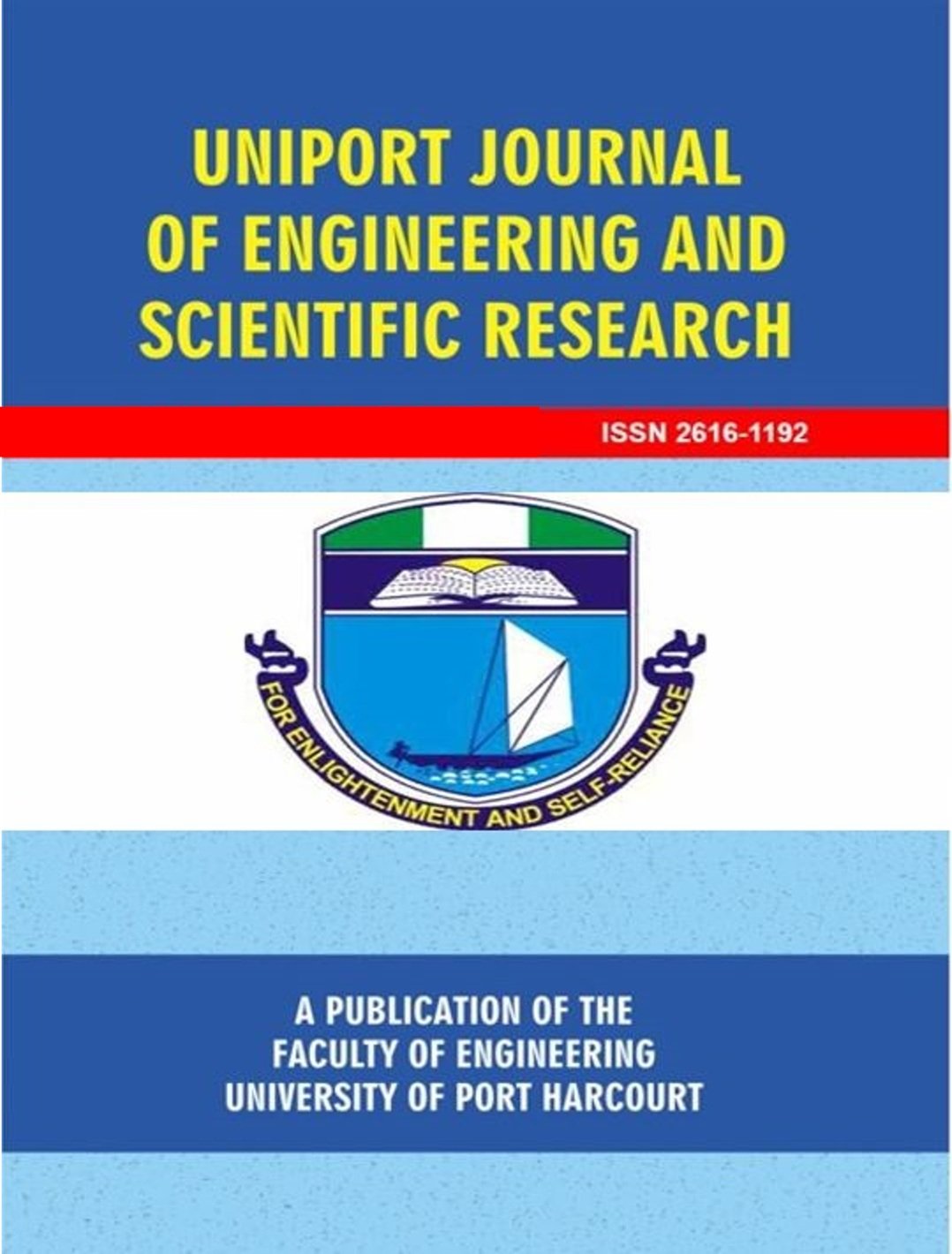Experimental investigation of the Carbon dioxide storage potential of the Cunga Formation at Cabo de São Braz Region, Kwanza Basin, Angola
##plugins.themes.academic_pro.article.main##
Abstract
The Cunga Formation is one of the geological formations located on the Kwanza Basin onshore, consisting of predominantly black clay (which indicates the possibility of organic matter), marl, limestone, siltstone and sandstones. In the present study, analyses of X-ray diffraction (XRD - 24 samples), analyses of the scope of organic petrology and geochemistry were carried out; that is, analysis of palynomorphs (2 samples), total organic carbon (TOC - 47 samples) and pyrolysis (Rock-Eval) (49 samples). From the XRD analyses it was possible to know the mineral associations, with the predominance of quartz, albite, microcline, muscovite, orthoclase, and heulandite being found in the analysed samples. The analysis of palynomorphs revealed the presence of marine palynomorphs, namely dinoflagellates (Gonyaulacales and Peridiniales) and foraminifers, and continental palynomorphs, namely fungi and spores. From the TOC analysis it was possible to quantify the organic matter, with the analysed samples presenting values between 0.14% and 7,52%. The pyrolysis analysis (Rock-Eval) provided insights into the quality of the organic matter in the analysed samples, revealing the presence of kerogen types II, II/III, and III. Additionally, the Tmax parameter was used for the determination of the maximum temperatures that the samples have undergone (417 ⁰C – 431 ⁰C). From the interpretation of the results, it was determined that the Cunga Formation in the Cabo de São Braz Zone was deposited in a sedimentary marine coastal to neritic environment. The Cunga formation has a good potential to generate gas and oil; however, due to insufficient thermal maturation (Tmax values ranging from 417°C to 431°C), it has not been an effective source rock. On the other hand, these same petrological and geochemical properties allowed the sequence under study to be characterized as a reservoir for CO2 storage, which could therefore have wide applicability in the context of the energy transition.

